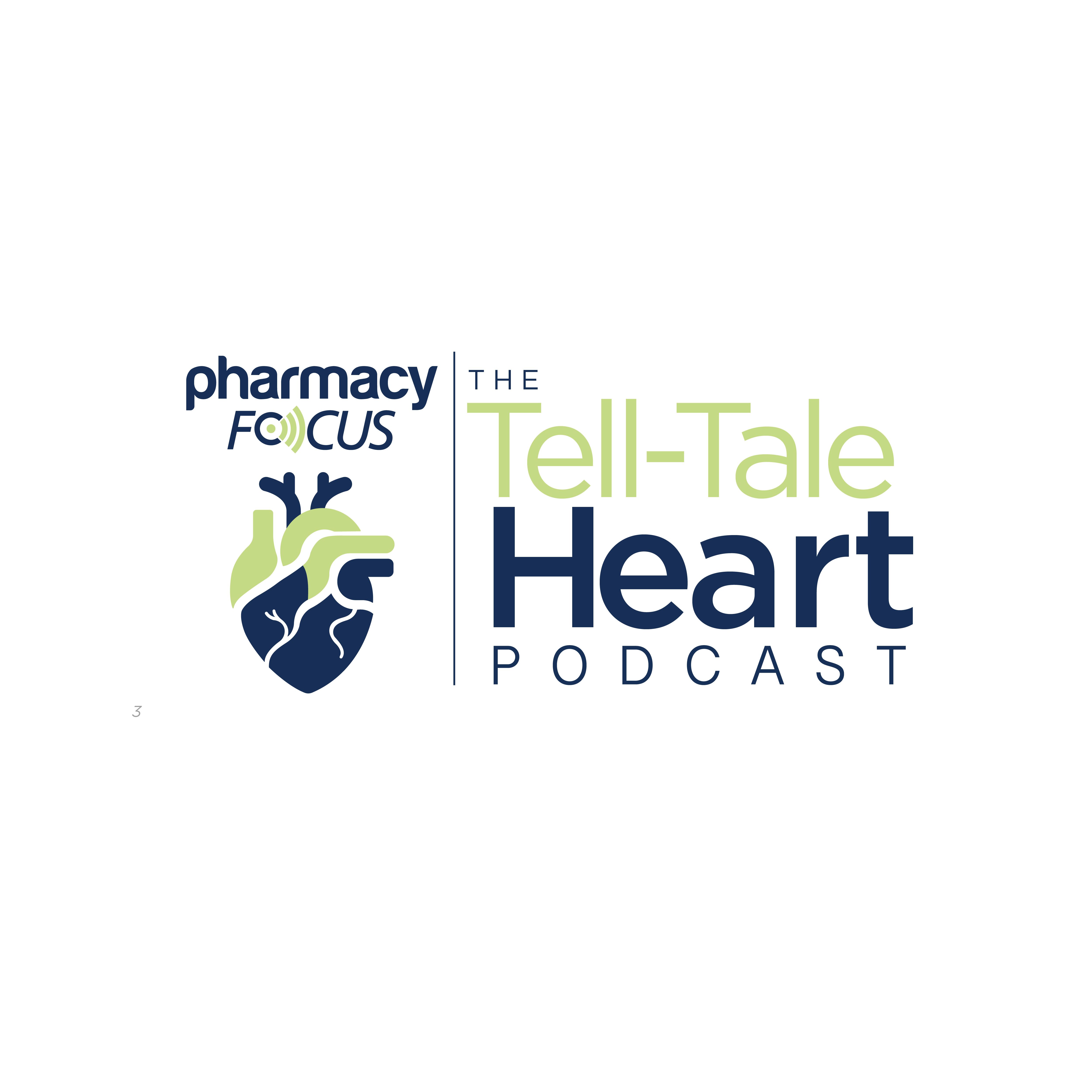News
Video
Expanding Roles for Pharmacy Technicians in Ambulatory Oncology
Jessica Davis, PharmD, BCOP highlights the role of pharmacy technicians in ambulatory oncology clinic settings.
At the HOPA Annual Meeting 2025, Jessica Davis, PharmD, BCOP, clinical pharmacist coordinator in the Cutaneous Malignancy and Immunotherapy Clinic at Atrium Health Levine Cancer in Charlotte, North Carolina, spoke with Pharmacy Times® about the evolving role of pharmacists in ambulatory settings, highlighting their ability to not only handle cost-related aspects of treatment but also support clinical workflows and enhance patient care.
Pharmacy Times: The 2018 ASHP/HOPA guidelines marked a shift in recognizing the value of pharmacy technicians in oncology. How have you seen the technician role evolve since those guidelines were released?
Jessica Davis, PharmD, BCOP: I think one of the biggest things that I saw change was the role that pharmacy technicians have played in direct patient care. So, especially in ambulatory oncology clinics, they've really had more opportunities to interact with patients—whether that's on the phone or in person—in various roles, and really engage with patients. And I think that's important because that allows them to see some of the value and how they're directly impacting patient care, which I think brings, hopefully, some job satisfaction and joy for them.
Pharmacy Times: What are some of the most common misconceptions about the capabilities or scope of pharmacy technicians in ambulatory oncology settings?
Davis: I think that a lot of the pharmacy technicians' roles historically have been focused on the medication, like preparation and dispensing. And we know that their skill set can far exceed that. And I think, again, just kind of moving pushing those boundaries and continuing to expand their role.
Pharmacy Times: Can you share how your institution is currently utilizing pharmacy technicians in your ambulatory oncology clinics?
Davis: Sure. We're doing several different things. We obviously have some of those more standard roles in our infusion pharmacies where technicians are still involved in mixing and dispensing chemotherapy.
But then we also have some roles tied to financial reimbursement and making sure that drugs are authorized appropriately and making sure that we're getting the most as far as, like, reimbursement and denials, because that can be a lot on the patients. And how can we look at that on the back end and try to prevent that from happening in the future? And so we have several roles related to that.
Pharmacy Times: In what ways have pharmacy technicians helped optimize pharmacist workload or improve clinic workflows at your site?
Davis: So yeah, I think one of the biggest things is taking some of that—like the prior authorizations, looking for the denials, things like that—muting that from the pharmacist, and taking that ownership of that process, so then pharmacists are able to do other things.
I know in other institutions, they're also doing medication reconciliations in the ambulatory clinic, and we're not necessarily doing that in our space, but have been seeing some of those trends in other places.
Pharmacy Times: What were some of the biggest barriers you faced when trying to expand the technician’s role—and how did you overcome them?
Davis: Money, I think, is always one of the big things—you know, the financial barriers. We had a few, like, quality improvement projects that we did looking at how technicians were able to help with prior authorizations, denials, reimbursements billing for waste—things like that—to help justify some of those newer positions, and kind of looking at how we can optimize those roles to help with some of those financial burdens.
Pharmacy Times: What does the future look like for pharmacy technicians in ambulatory oncology clinics? Are there areas where you think their scope could or should expand even further?
Davis: Yeah, so I think I briefly mentioned the medication reconciliations, and that's pretty standard on the inpatient side, but technicians are involved in that—not as much in the ambulatory space. And so that's one main area where I could see potentially expansion in the future. Another area is toxicity checks and following up on patient symptoms with specific triggers to have the clinical pharmacist involved if needed. So those are kind of the two bigger areas that I've already seen some expansion, and I think that will continue.
Pharmacy Times: Can you share some information about HOPA’s CE program?
Davis: Sure. So, we talked about a lot of the things we just talked about. There's a panel of 4 of us, and we'll be going through the roles of the technicians in each of our institutions—things that may overlap and some things that may be different. And then at the end, we'll have a panel discussion answering some of the questions like: What are the barriers? What have we done to overcome some of the barriers? And where we see this going in the future?
Newsletter
Stay informed on drug updates, treatment guidelines, and pharmacy practice trends—subscribe to Pharmacy Times for weekly clinical insights.






